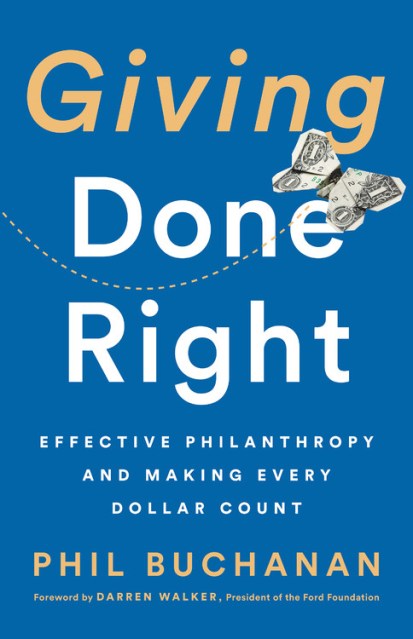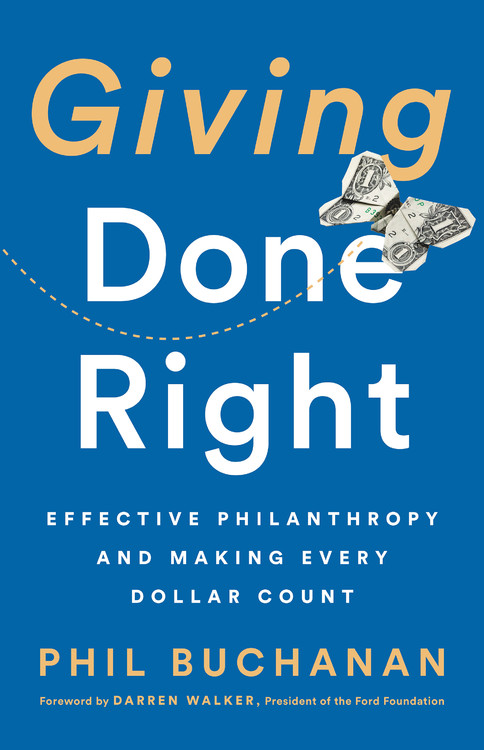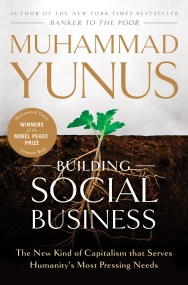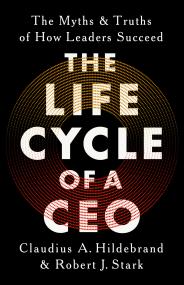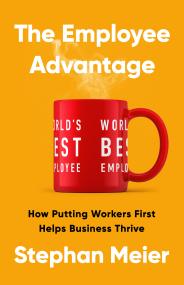By clicking “Accept,” you agree to the use of cookies and similar technologies on your device as set forth in our Cookie Policy and our Privacy Policy. Please note that certain cookies are essential for this website to function properly and do not require user consent to be deployed.
Giving Done Right
Effective Philanthropy and Making Every Dollar Count
Contributors
Foreword by Darren Walker
Formats and Prices
Price
$30.00Price
$38.00 CADFormat
Format:
- Hardcover $30.00 $38.00 CAD
- ebook $17.99 $22.99 CAD
- Audiobook Download (Unabridged)
This item is a preorder. Your payment method will be charged immediately, and the product is expected to ship on or around April 16, 2019. This date is subject to change due to shipping delays beyond our control.
Also available from:
A majority of American households give to charity in some form or another–from local donations to food banks, religious organizations, or schools, to contributions to prevent disease or protect basic freedoms. Whether you’re in a position to give $1 or $1 million, every giver needs to answer the same question: How do I channel my giving effectively to make the greatest difference?
In Giving Done Right, Phil Buchanan, the president of the Center for Effective Philanthropy, arms donors with what it takes to do more good more quickly and to avoid predictable errors that lead too many astray. This crucial book will reveal the secrets and lessons learned from some of the biggest givers, from the work of software entrepreneur Tim Gill and his foundation to expand rights for LGBTQ people to the efforts of a midwestern entrepreneur whose faith told him he must do something about childhood slavery in Ghana. It busts commonly held myths and challenging the idea that “business thinking” holds the answer to effective philanthropy. And it offers the intellectual frameworks, data-driven insights, tools, and practical examples to allow readers to understand exactly what it takes to make a difference.
- On Sale
- Apr 16, 2019
- Page Count
- 256 pages
- Publisher
- PublicAffairs
- ISBN-13
- 9781541742253
Newsletter Signup
By clicking ‘Sign Up,’ I acknowledge that I have read and agree to Hachette Book Group’s Privacy Policy and Terms of Use
